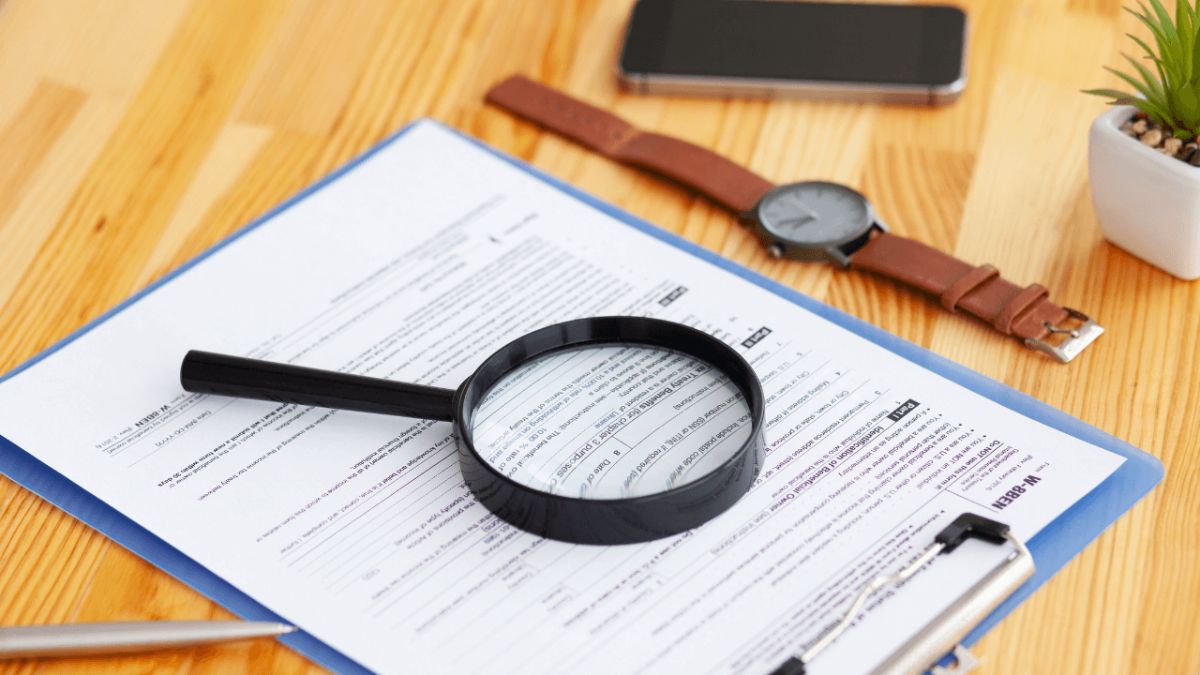Every business, no matter how big or small, needs a clear understanding of its financial health. One of the simplest yet most powerful ways to gauge this is by using a profit and loss statement (or P&L statement).
But what exactly is a profit and loss statement? Why is it so important for your business? And what do real examples look like? This guide dives into these questions, with easy-to-understand explanations and actionable steps to help you create a P&L statement for your own business.
What is a Profit and Loss Statement?
A profit and loss statement summarizes a business’s revenues, costs, and expenses over a specific time period, such as a month, quarter, or year. It’s often referred to as an income statement and helps businesses determine their profitability by showing whether they earned a profit or incurred a loss.
Simply put, your profit and loss statement answer the key question: “Are we making money?”
Why Is a Profit and Loss Statement Important?
A P&L statement isn’t just about crunching numbers—it’s a vital decision-making tool for business owners, managers, and stakeholder. Here’s why it matters:
- Track Financial Performance: Visualize revenue vs. expenses and assess how your business is performing.
- Make Data-Driven Decisions: Spot patterns in spending, identify areas to cut costs, and recognize growth opportunities.
- Secure Loans or Investments: Banks and investors often require P&L statements to evaluate the financial stability of a business.
- Plan for Taxes: An accurate P&L makes calculating your income tax obligations easier and less stressful.
Key Components of a Profit and Loss Statement
Before jumping into examples, it’s important to understand the basic structure of a profit and loss statement. While it can vary from one business to another, most P&L statements include the following components:
- Revenue: The total income generated from sales of goods or services.
- Cost of Goods Sold (COGS): The direct costs incurred in producing goods or services (e.g., raw materials, labor).
- Gross Profit: This is your revenue minus COGS.
- Operating Expenses: Expenses like rent, utilities, salaries, and marketing that are necessary to run your business.
- Operating Profit: Gross profit minus operating expenses.
- Net Profit (or Net Loss): The final figure after accounting for revenues, expenses, taxes, and other deductions.
Now that you know the basics, let’s explore some examples to cement your understanding.
Example 1: A Simple P&L Statement for a Small Bakery
Scenario
Imagine a local bakery, “Sweet Treats,” that sells cakes, pastries, and bread. Below is their monthly profit and loss statement breakdown.
|
Category |
Amount ($) |
|---|---|
|
Total Revenue |
$20,000 |
|
Cost of Goods Sold (COGS) |
$8,000 |
|
Gross Profit |
$12,000 |
|
Operating Expenses |
|
|
– Rent |
$3,000 |
|
– Utilities |
$500 |
|
– Salaries |
$2,500 |
|
– Marketing |
$1,000 |
|
Total Operating Expenses |
$7,000 |
|
Operating Profit |
$5,000 |
|
Other Expenses |
|
|
– Taxes |
$1,000 |
|
Net Profit |
$4,000 |
Key Takeaways
- The bakery earned a net profit of $4,000 after covering all its costs.
- Rent and salaries were the largest expenses, making up the bulk of operating costs.
This simple format is straightforward and ideal for small businesses tracking their finances independently.
Example 2: A Retail Store P&L with a Seasonal Dip
Retail stores often see fluctuations in revenue due to seasonality. Here’s how the numbers might look for “StylePoint,” a clothing retailer, during an off-peak quarter.
|
Category |
Amount ($) |
|---|---|
|
Total Revenue |
$50,000 |
|
Cost of Goods Sold (COGS) |
$30,000 |
|
Gross Profit |
$20,000 |
|
Operating Expenses |
|
|
– Rent |
$5,000 |
|
– Marketing |
$2,000 |
|
– Salaries |
$10,000 |
|
– Utilities |
$1,000 |
|
Total Operating Expenses |
$18,000 |
|
Operating Profit |
$2,000 |
|
Net Profit |
$2,000 |
Key Takeaways
- StylePoint experienced a modest profit despite lower seasonal sales, thanks to controlled operating expenses.
- Awareness of these patterns can help the business plan better marketing campaigns in future off-peak periods.
Example 3: Digital Agency P&L Showing Service-Based Revenue
Service-based businesses like digital agencies may have a different profit structure due to minimal COGS. Here’s an example for “Bright Ideas Agency.”
|
Category |
Amount ($) |
|---|---|
|
Total Revenue |
$100,000 |
|
Cost of Goods Sold (COGS) |
$5,000 |
|
Gross Profit |
$95,000 |
|
Operating Expenses |
|
|
– Office Rent |
$10,000 |
|
– Utilities |
$2,000 |
|
– Salaries |
$50,000 |
|
– Software |
$5,000 |
|
– Marketing |
$3,000 |
|
Total Operating Expenses |
$70,000 |
|
Operating Profit |
$25,000 |
|
Net Profit |
$25,000 |
Key Takeaways
- Service-based businesses often have higher operating costs, like salaries, compared to inventory-based businesses.
- Bright Ideas Agency generated a strong $25,000 profit by efficiently managing overhead costs.
How to Create Your Own Profit and Loss Statement
Creating a P&L statement might seem intimidating, but with the right steps, it’s manageable—even if you’re not a financial pro. Here’s how you can get started:
Step 1: Gather Your Financial Data
Pull all records of revenue and expenses for the time period you’re analyzing. Ensure everything is accurate and up-to-date.
Step 2: Organize Data into Categories
Sort your information into standard P&L categories like revenue, COGS, operating expenses, and taxes. If possible, rely on accounting software like QuickBooks or Xero to keep things organized.
Step 3: Do the Math
Calculate your gross profit by subtracting your COGS from revenue. Then subtract all operating expenses to determine your net profit.
Step 4: Review for Accuracy
Go over your numbers carefully. Small errors in math or categorization can lead to misunderstandings of your financial situation.
Step 5: Make It Visual
Present your P&L statement in a clean, simple format like the examples above. Tables, charts, or accounting software can make your data easier to digest.
Step 6: Repeat Regularly
Make it a habit to create P&L statements monthly or quarterly. This helps you spot trends and respond proactively.
Use P&L Statements to Strengthen Your Business
A profit and loss statement isn’t just a financial document; it’s a compass for your business. By regularly creating and reviewing your P&L, you can make smarter decisions, allocate resources effectively, and stay on the path to profitability.
If you’re looking for tools to simplify the process, plenty of accounting platforms and templates are available online. Start tracking your numbers today, and watch your business soar!
FAQs about Profit and Loss Statements
1. What is a profit and loss statement?
A profit and loss (P&L) statement, also known as an income statement, is a financial document that summarizes your revenues, costs, and expenses over a specific period. It shows whether your business is making a profit or operating at a loss.
2. Why is a P&L statement important?
The P&L statement helps you gauge the financial health of your business. It informs critical decisions, such as budget planning, cost reduction, and revenue generation strategies, ensuring sustainable growth.
3. How often should I create a P&L statement?
It’s ideal to create P&L statements monthly, quarterly, and annually. Regular tracking allows you to identify trends, adjust strategies, and ensure your business stays on track.
4. What information do I need to prepare a P&L statement?
To prepare a P&L statement, you need details about your revenues, expenses, costs of goods sold (COGS), operating expenses, taxes, and any other financial transactions relevant to your business operations.
5. Can I prepare a P&L statement myself?
Yes, you can! Many user-friendly tools and templates are available to guide you through the process. However, for more complex financial needs, consulting with an accountant can provide additional insights.







